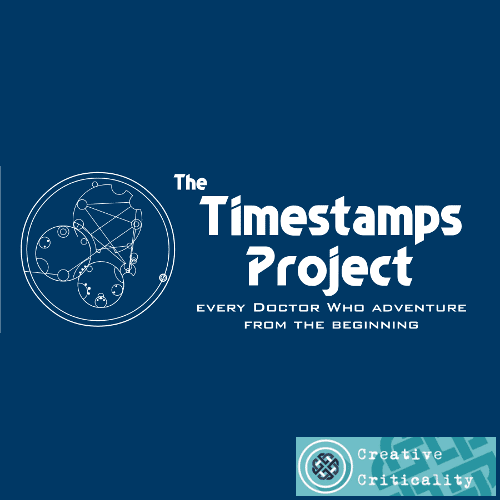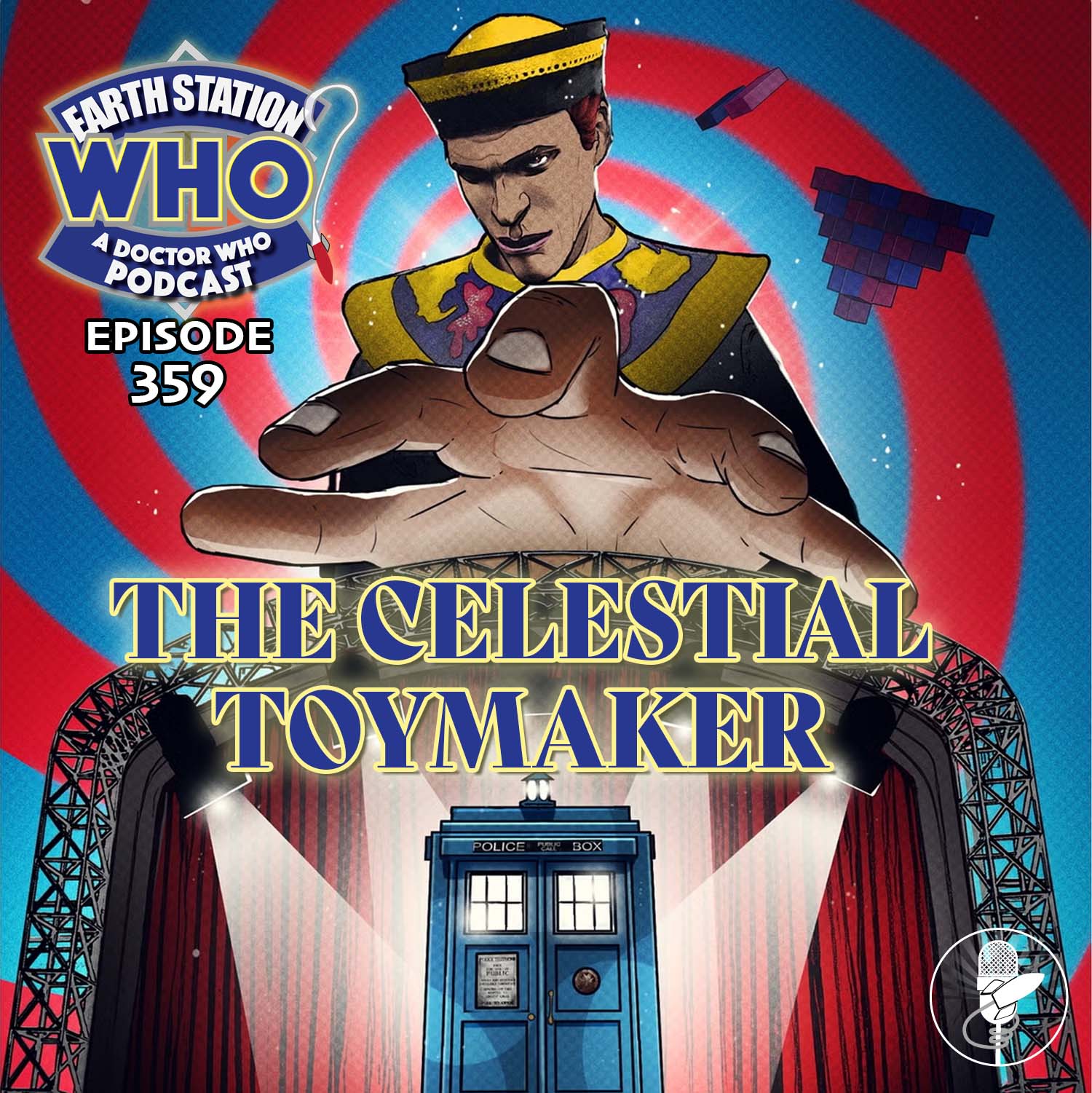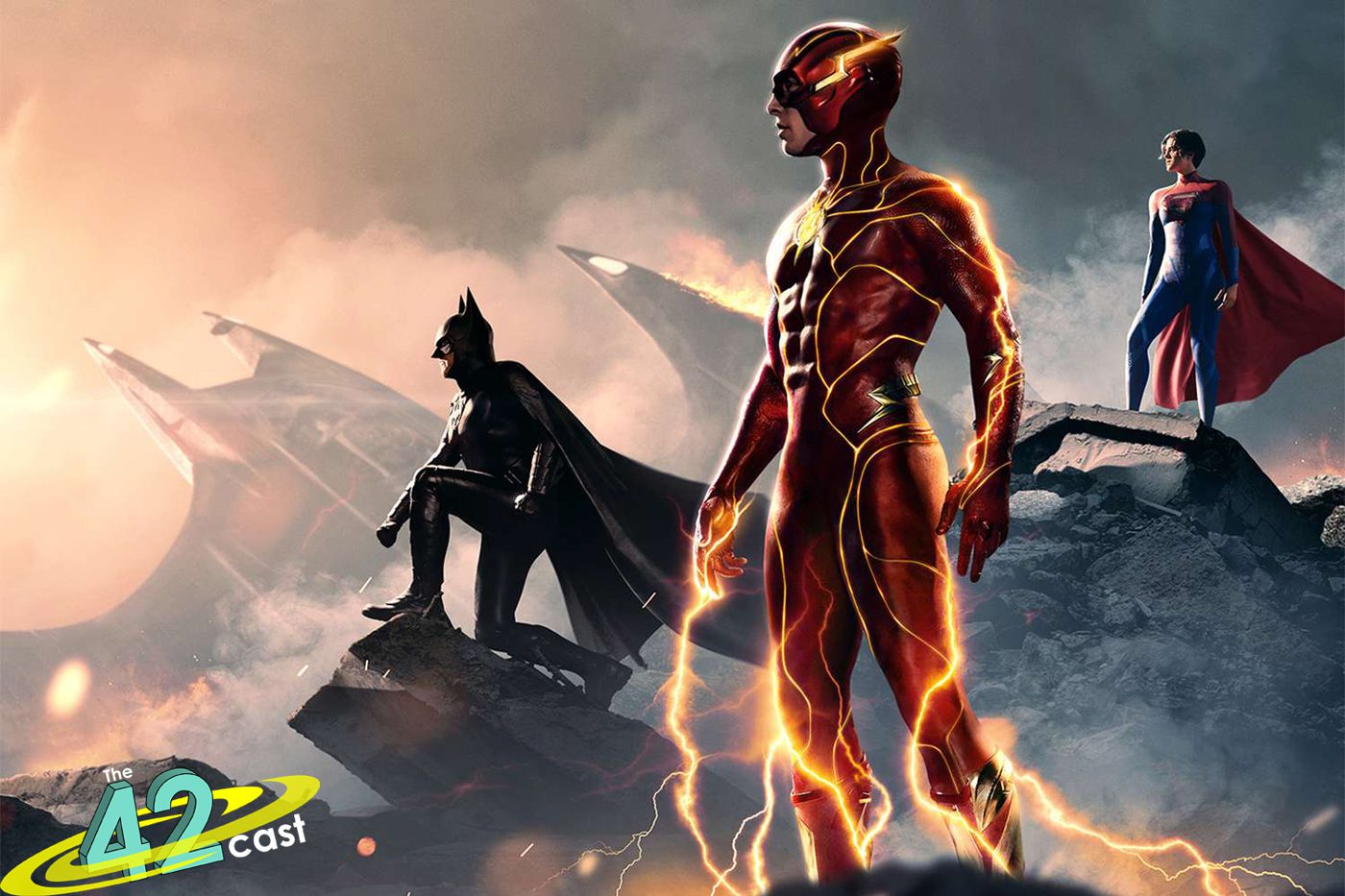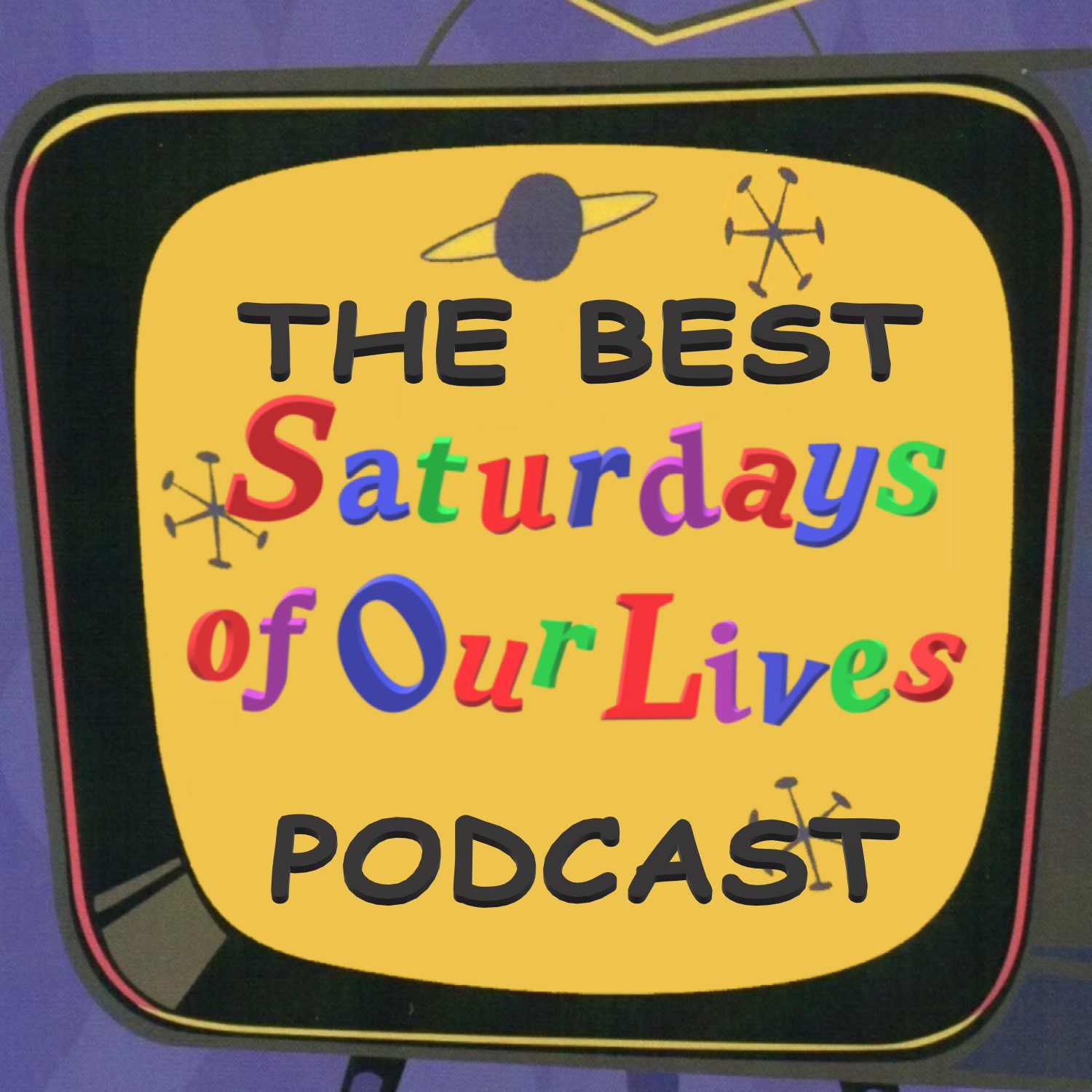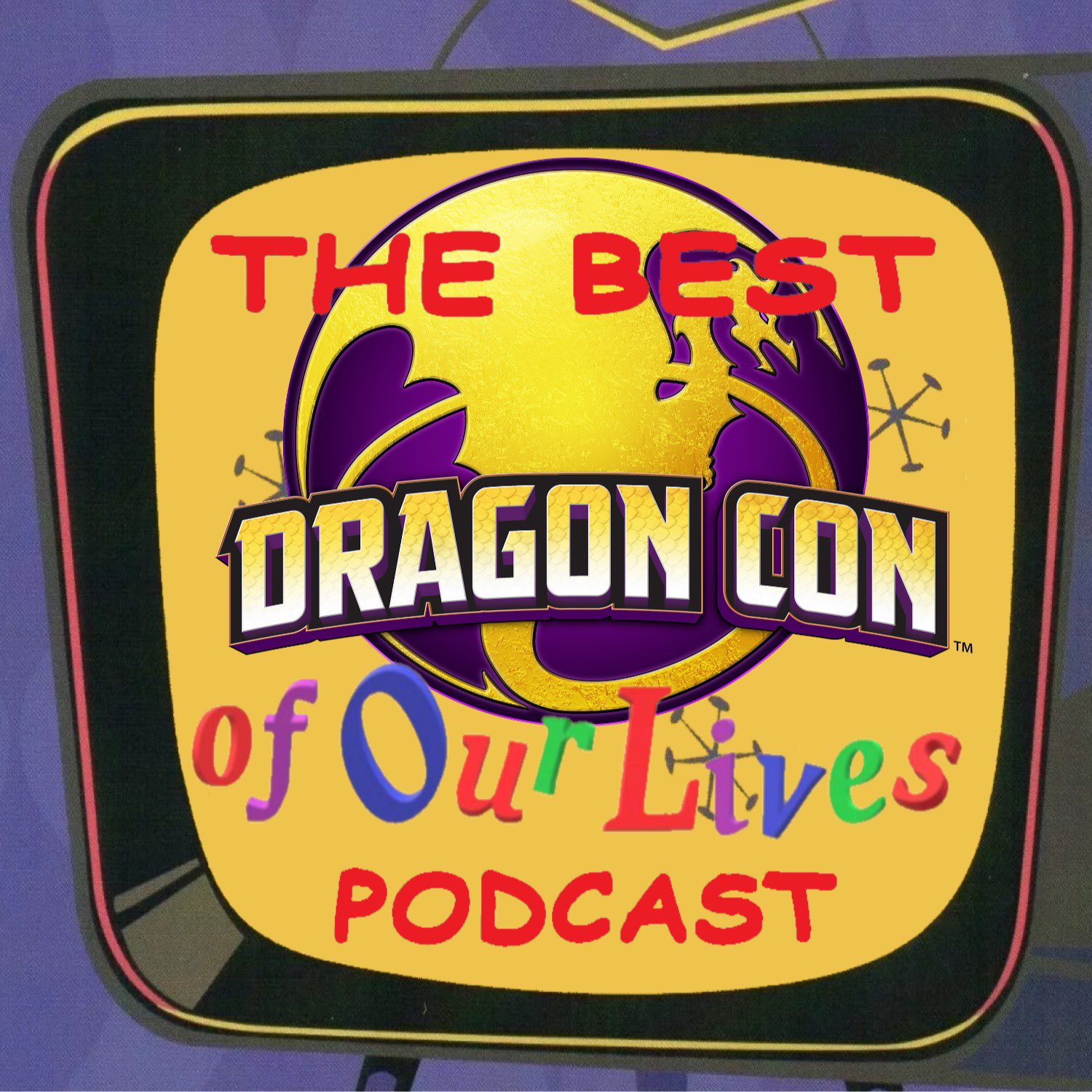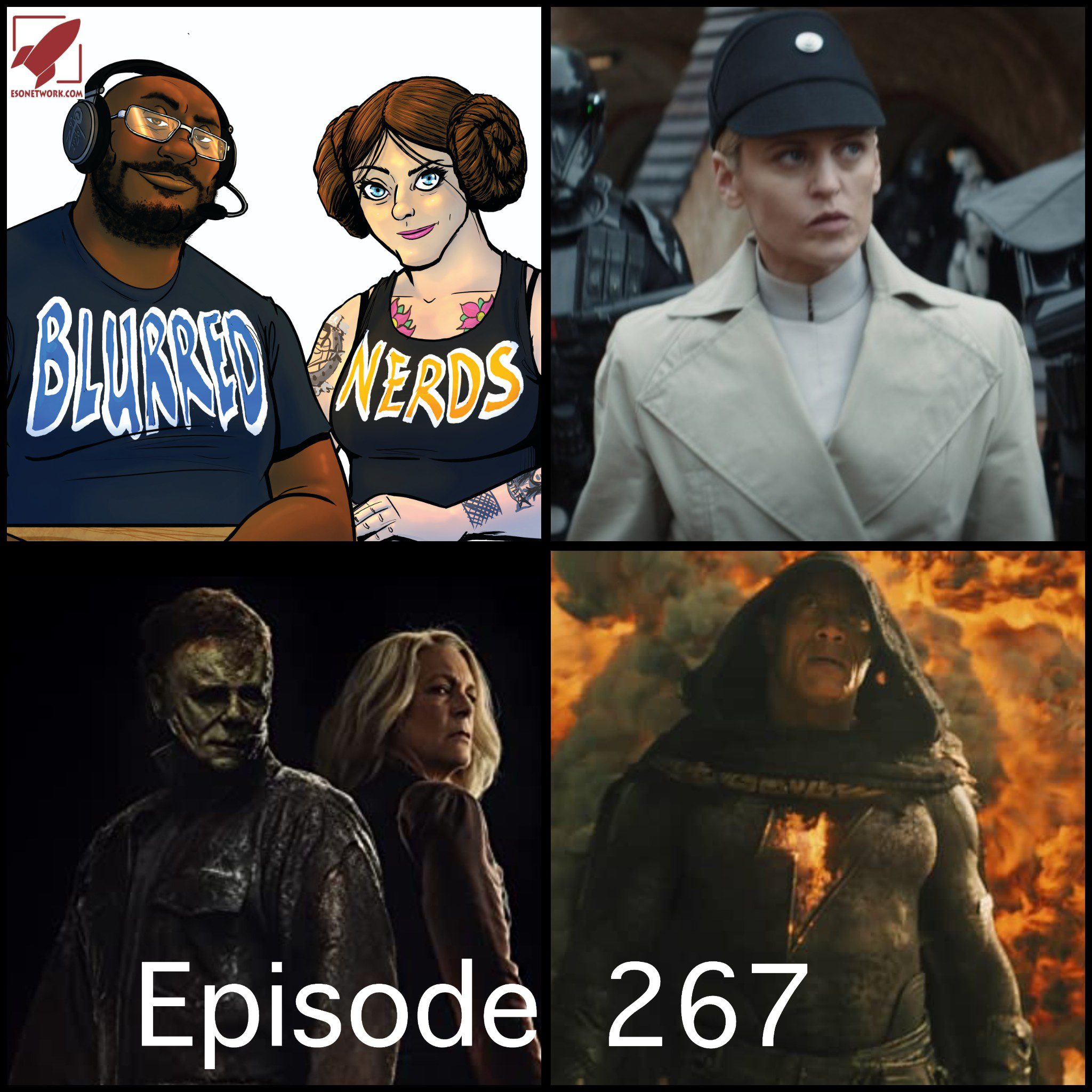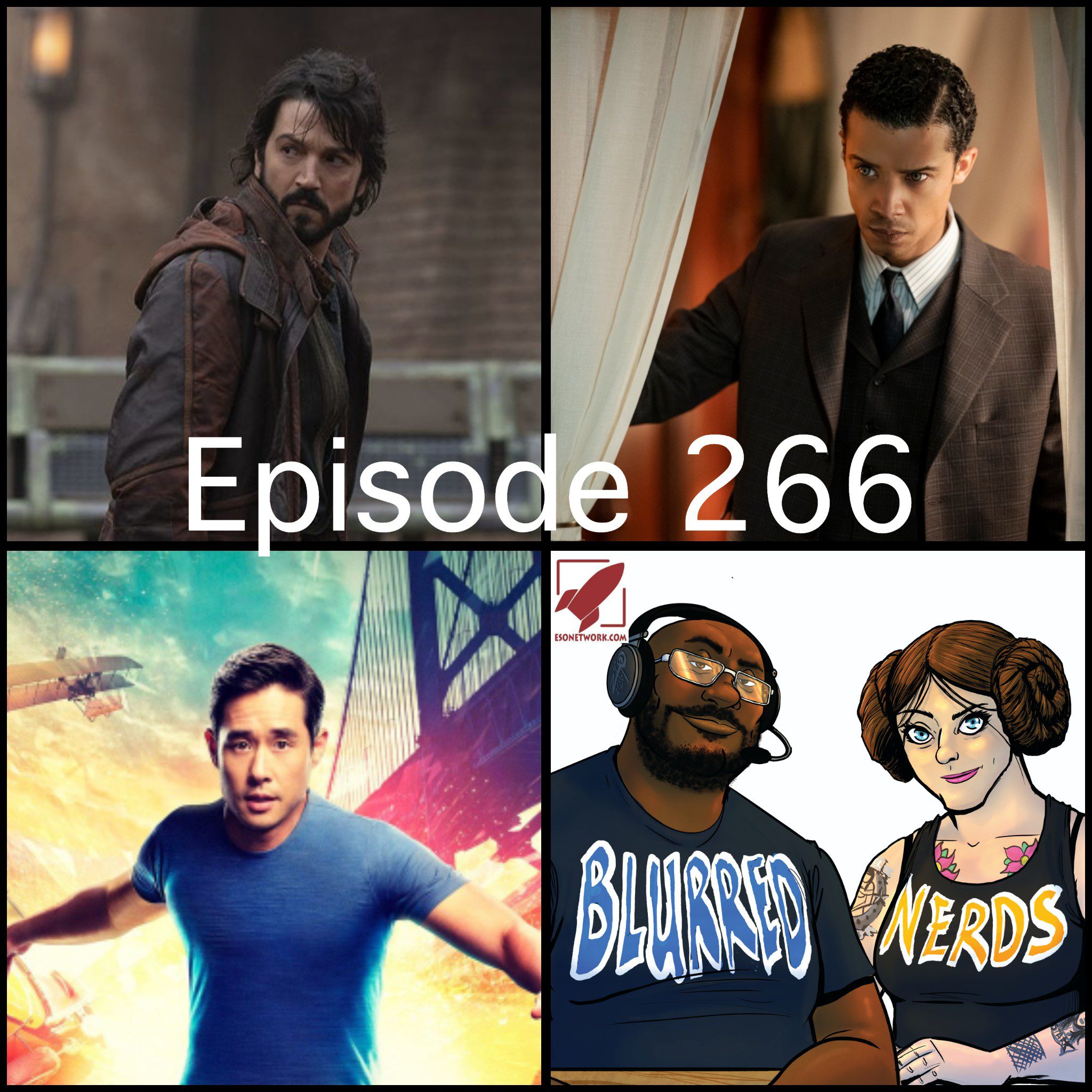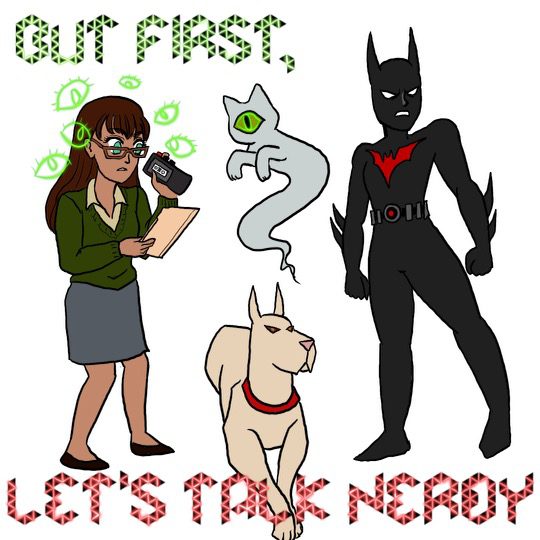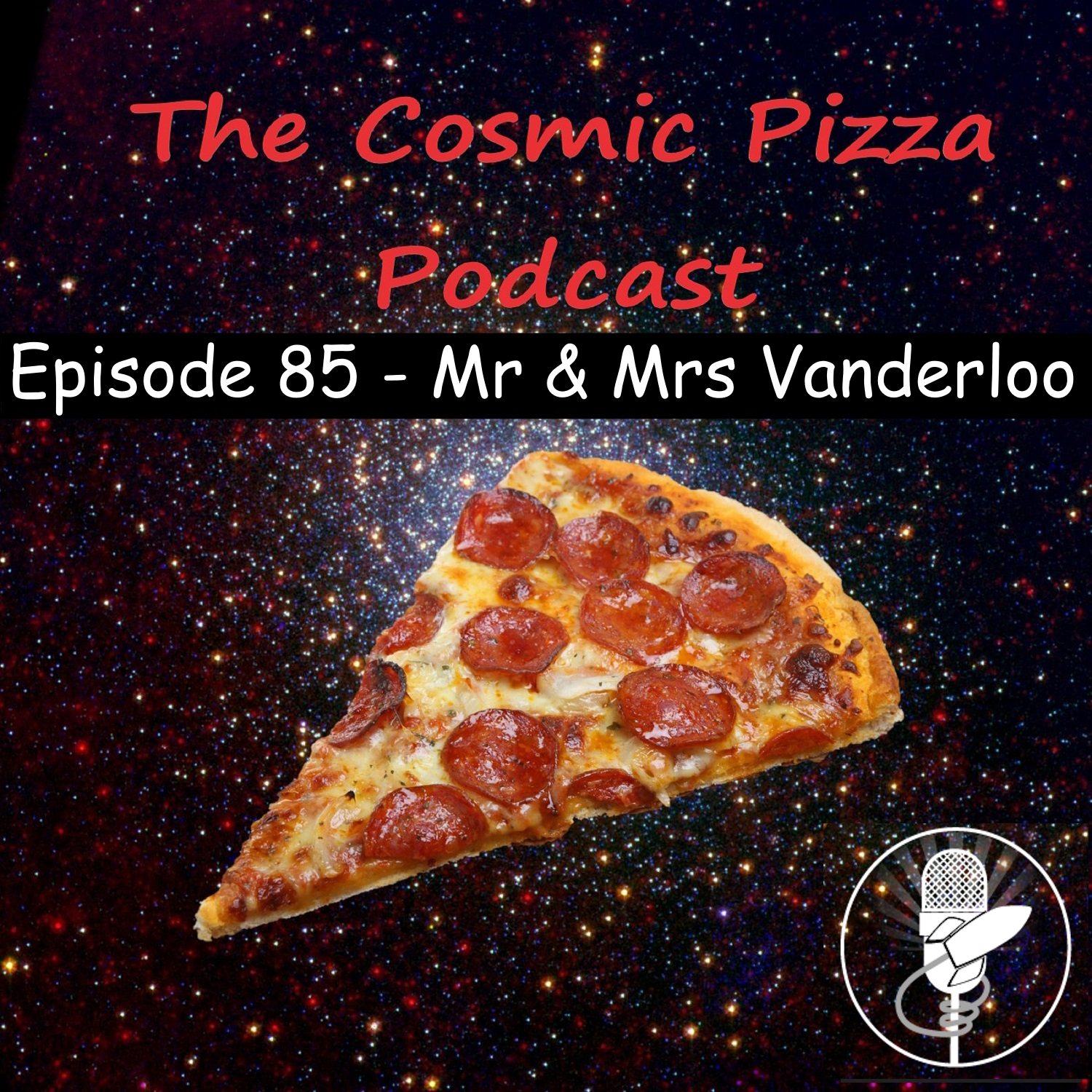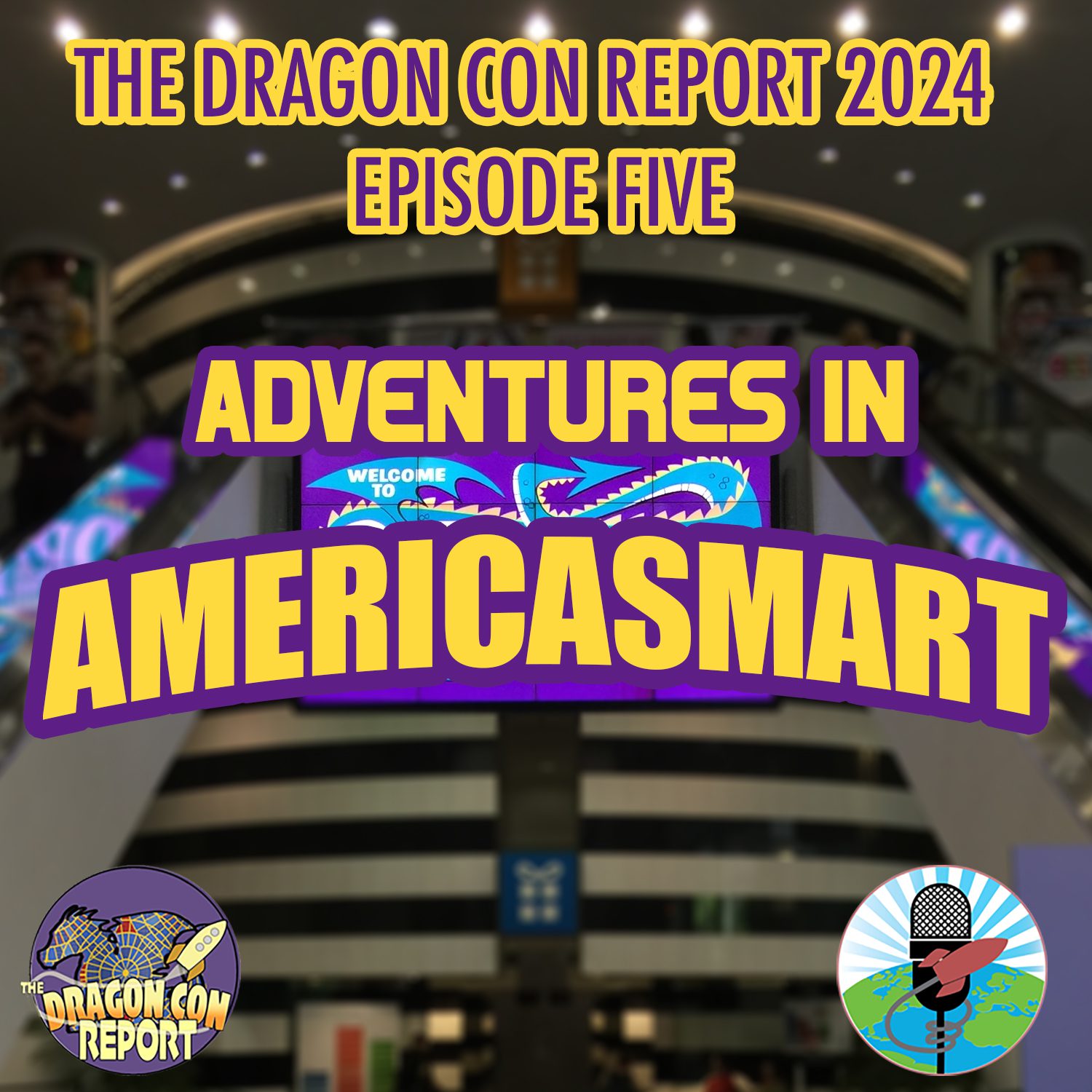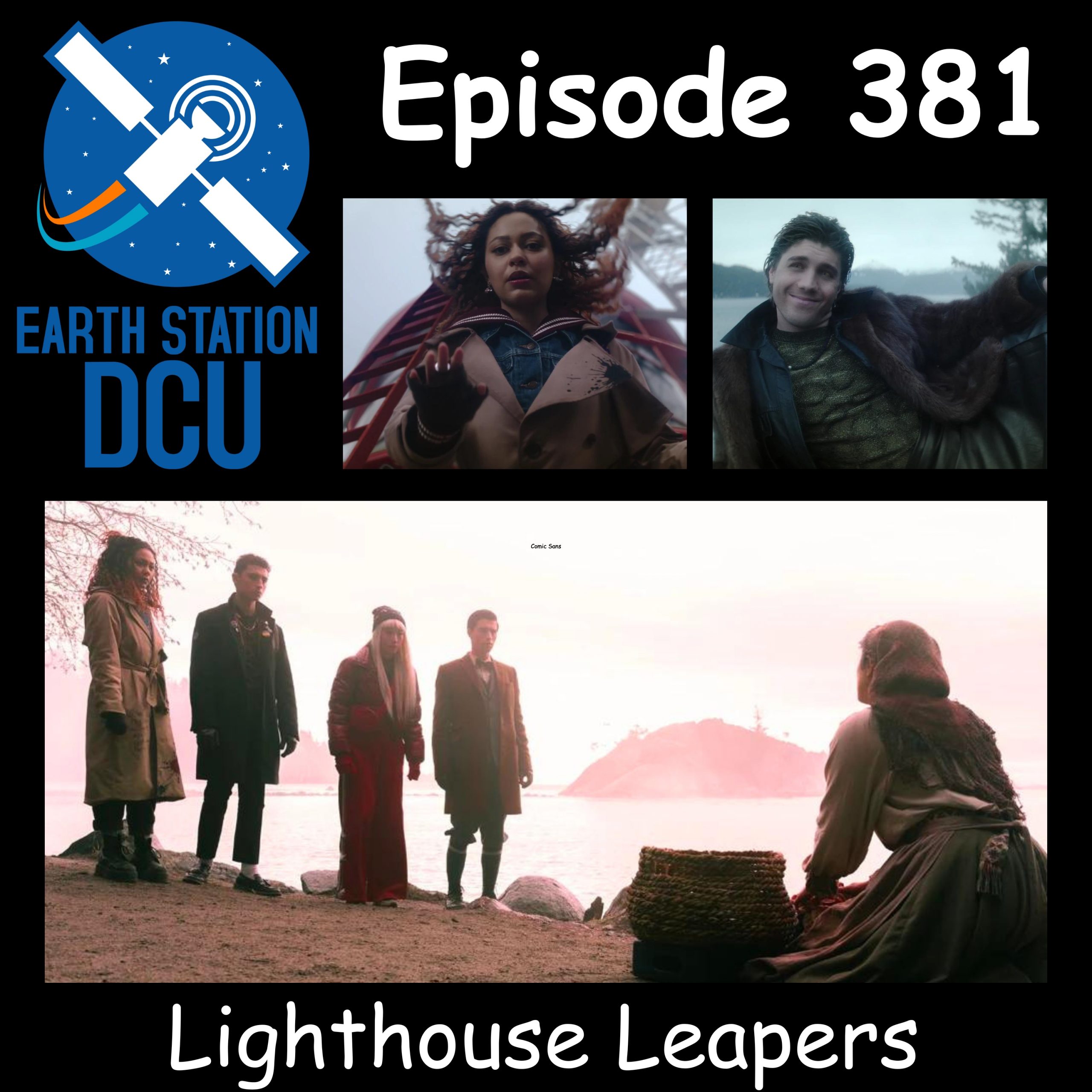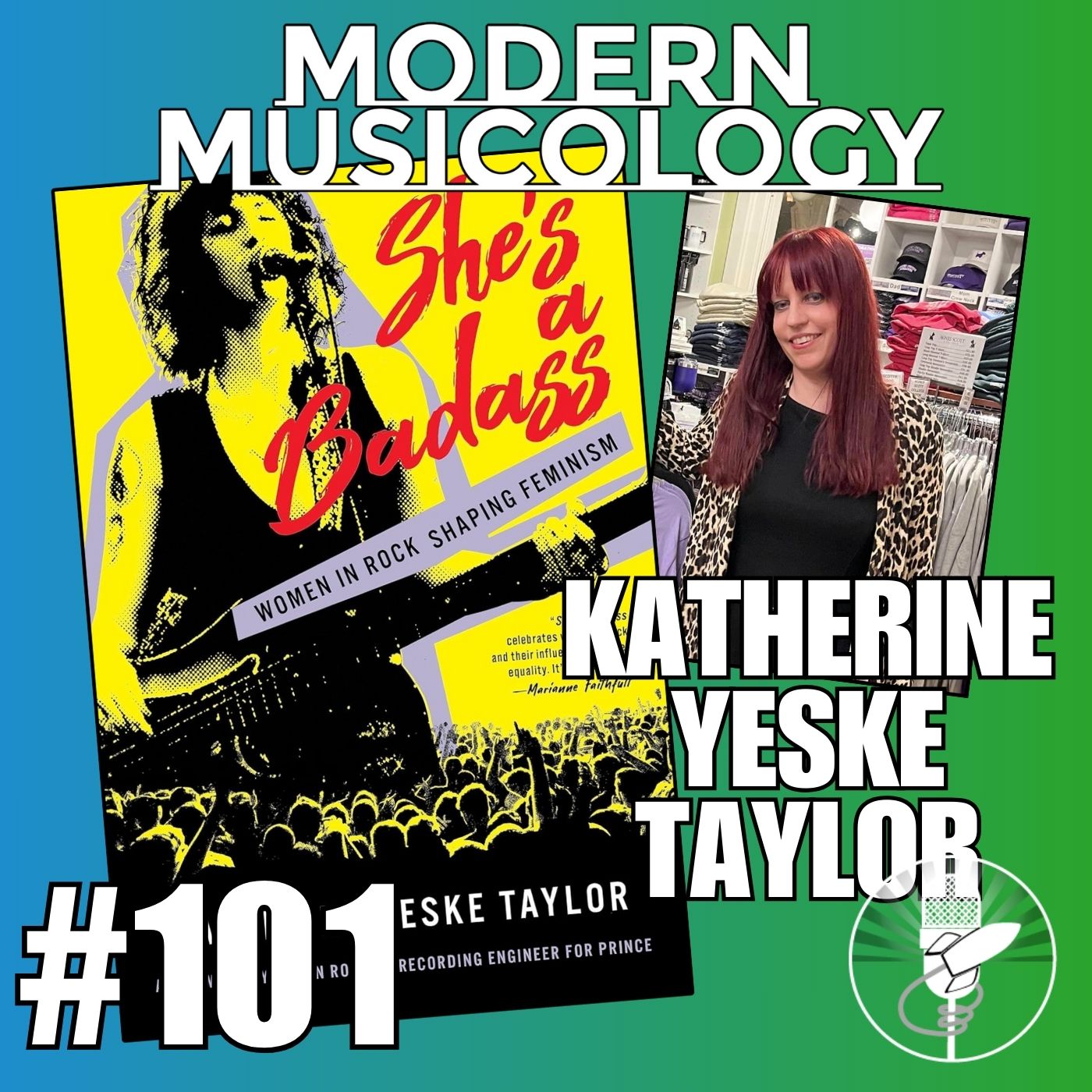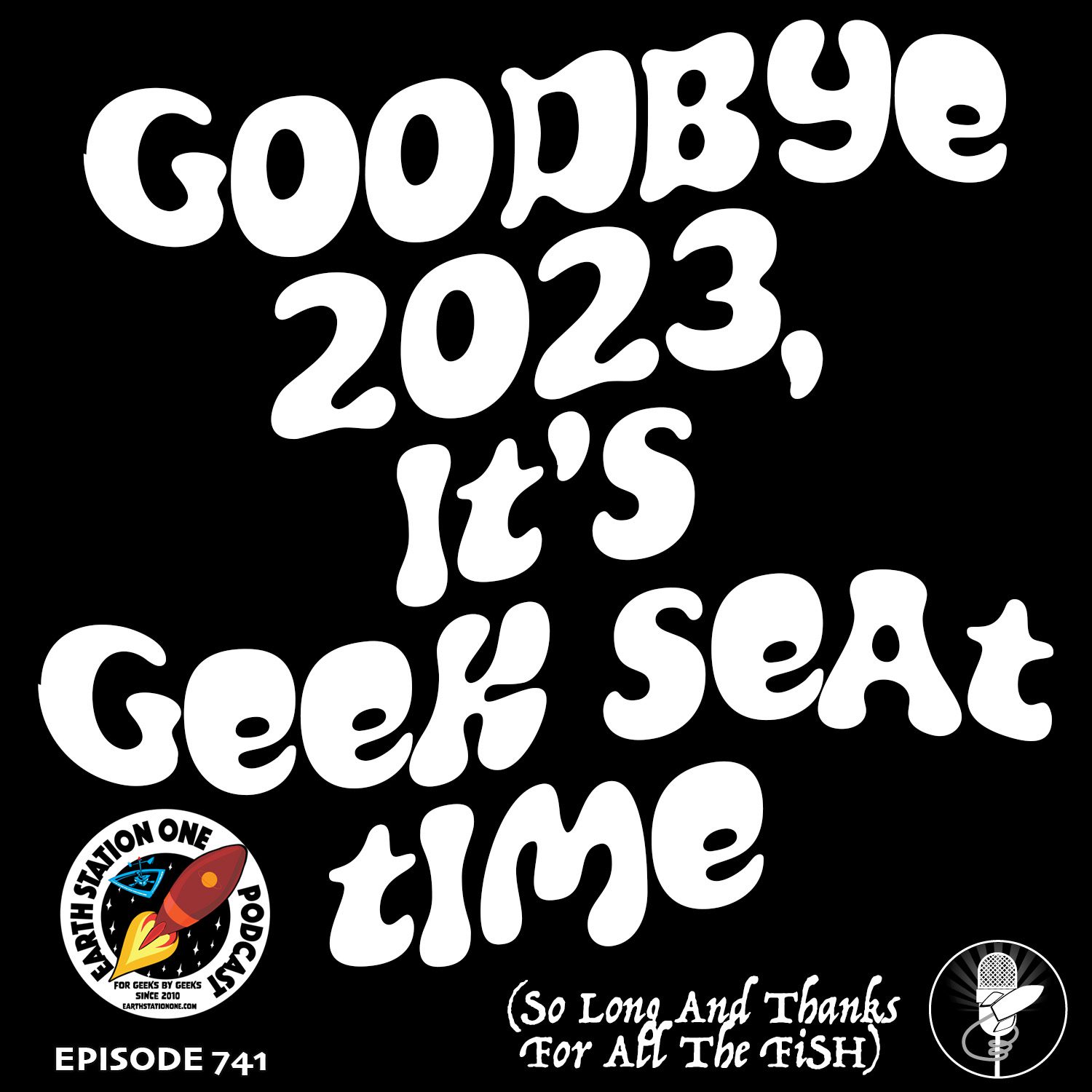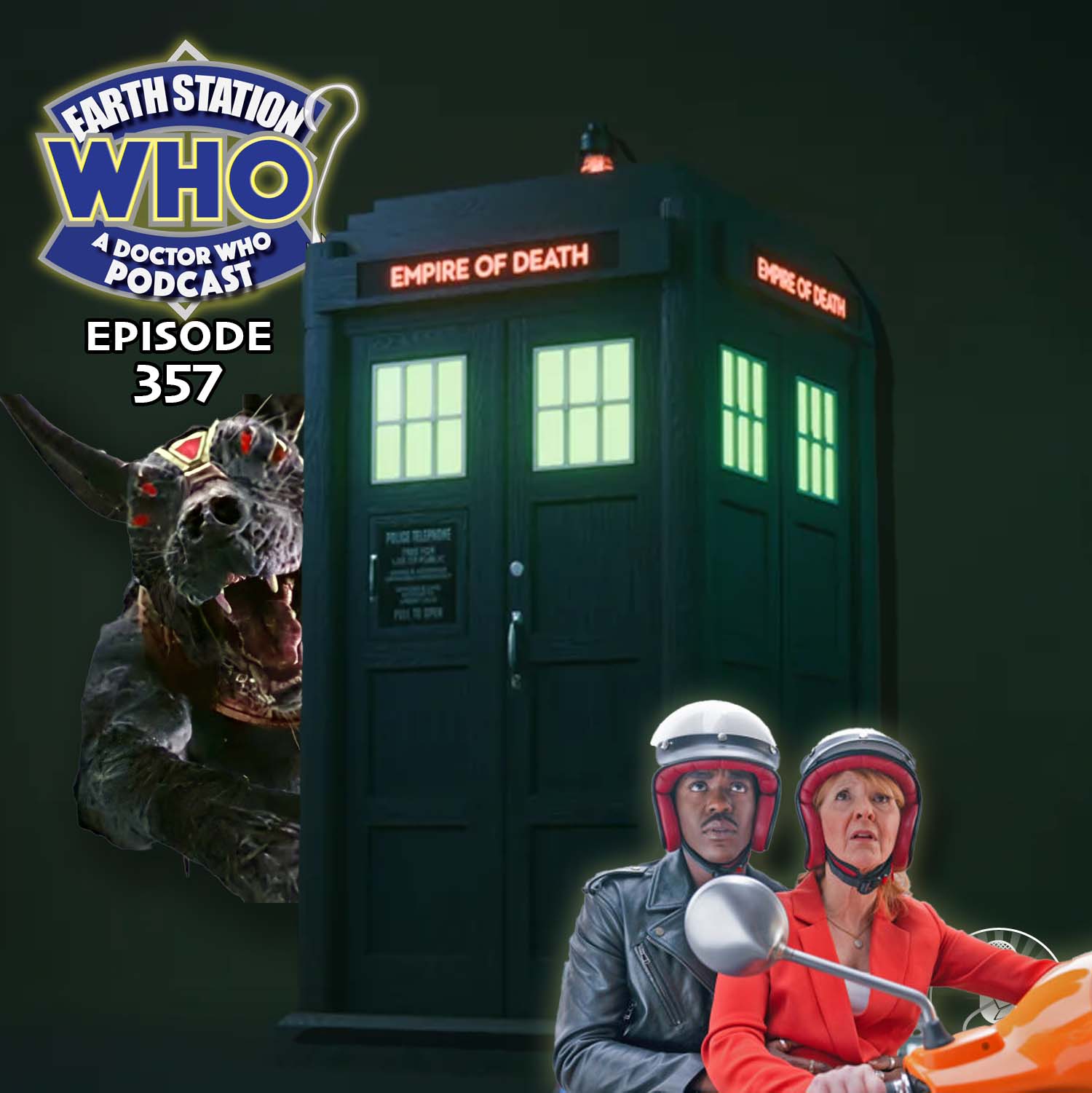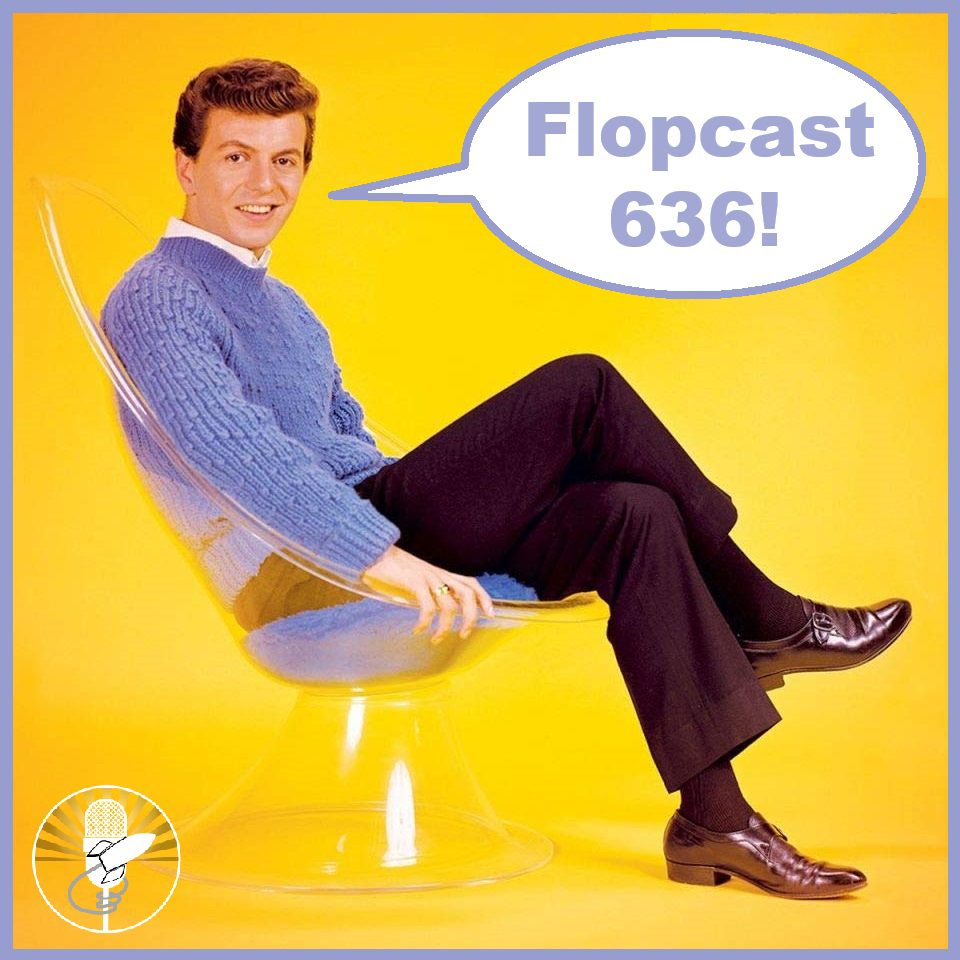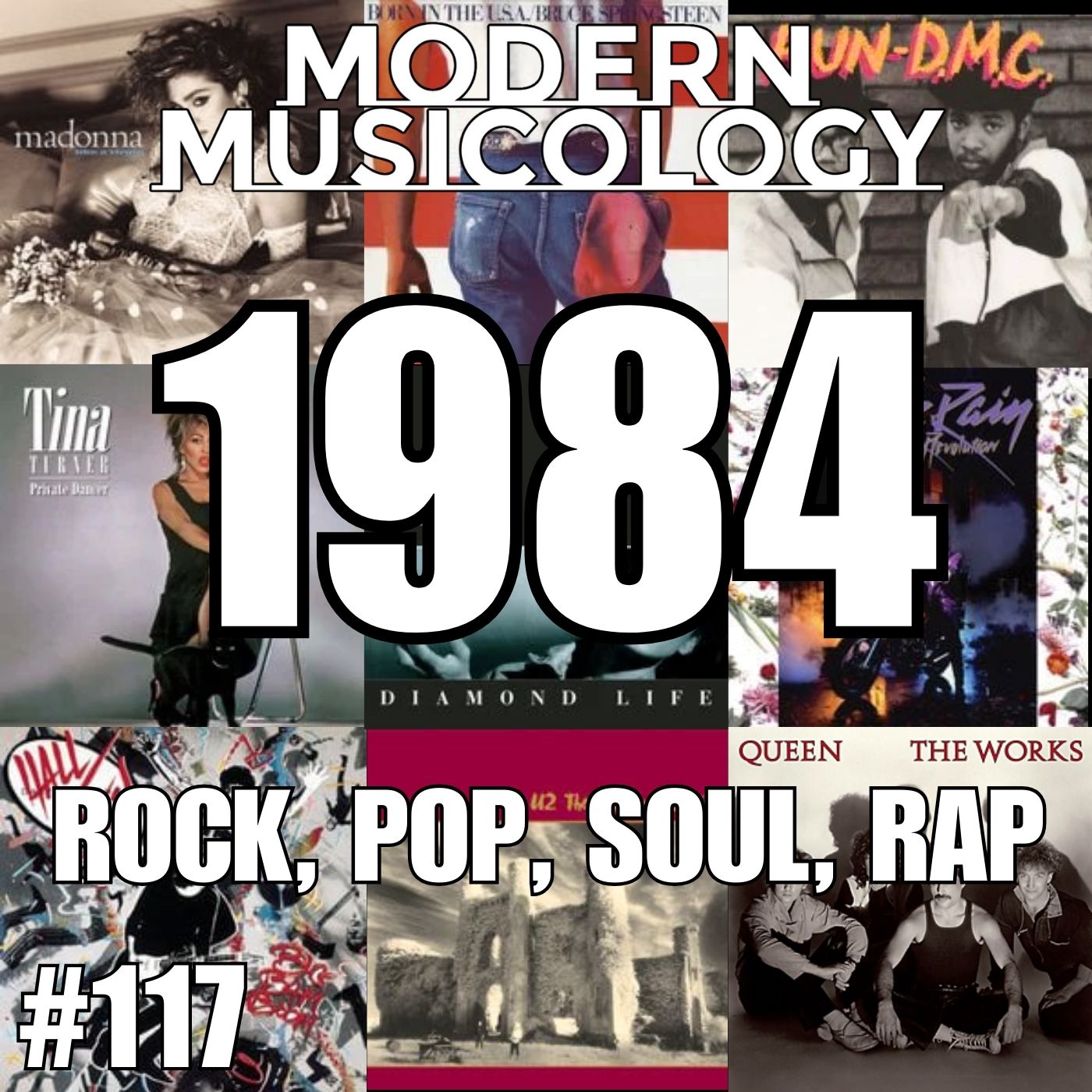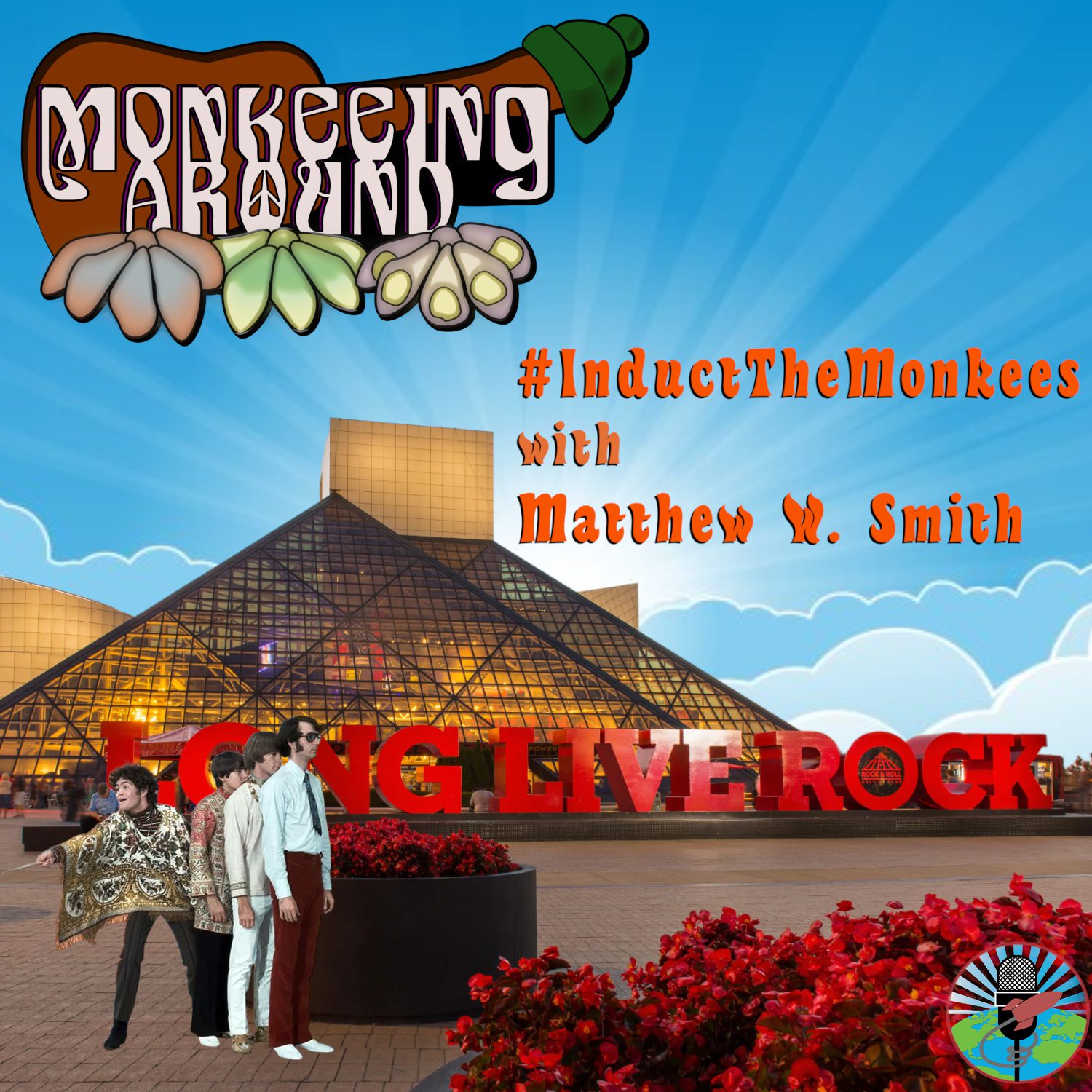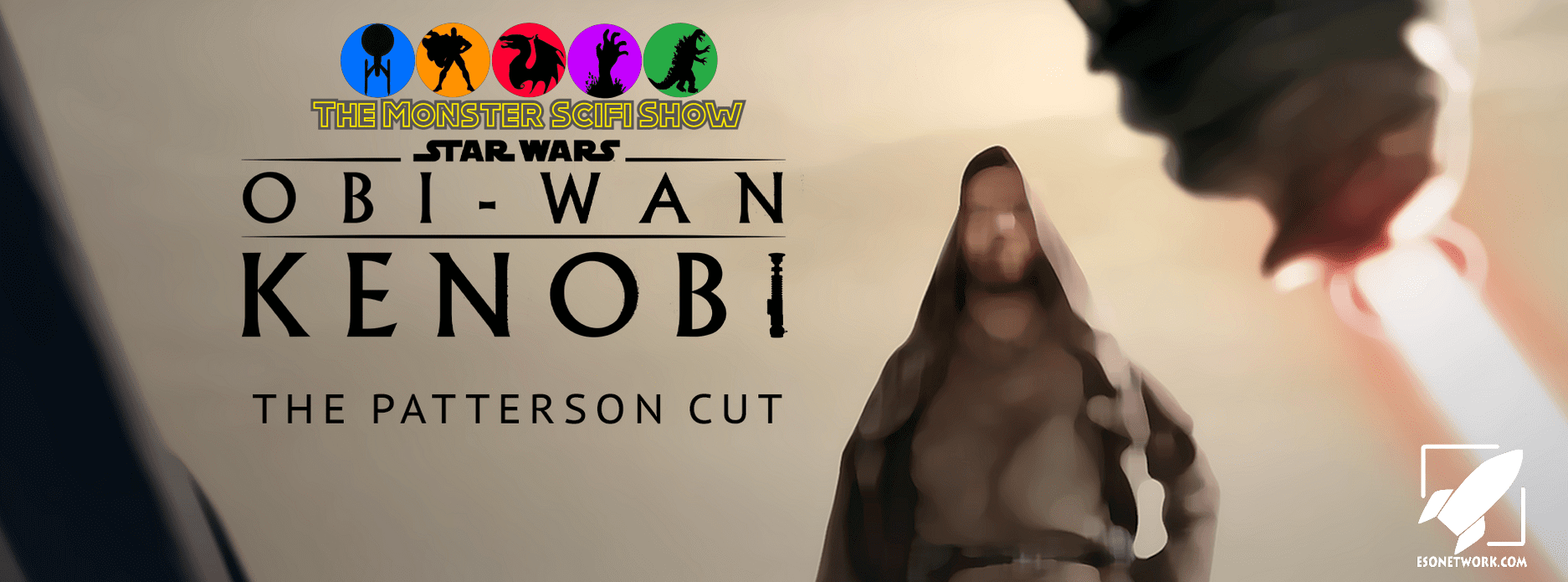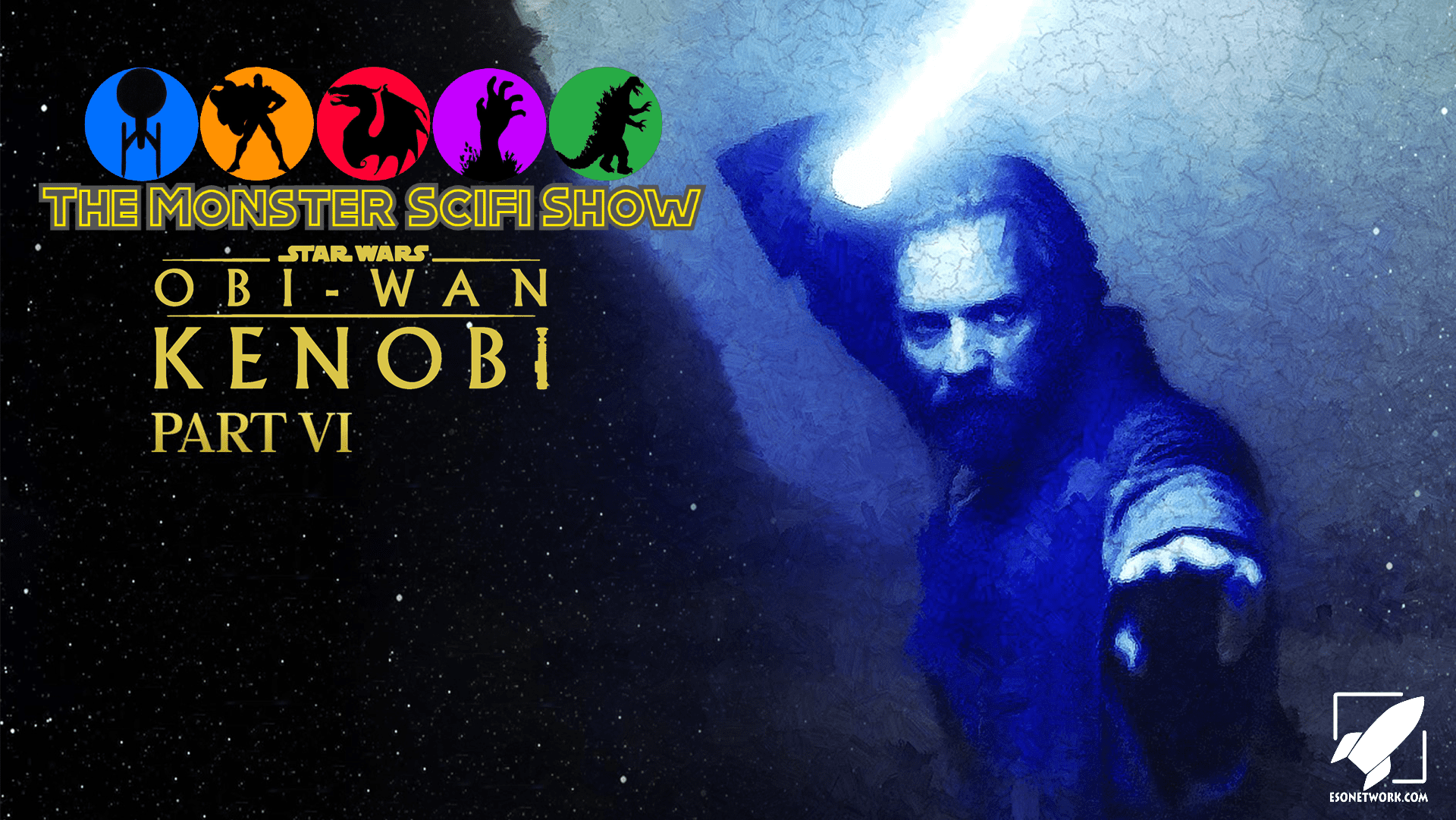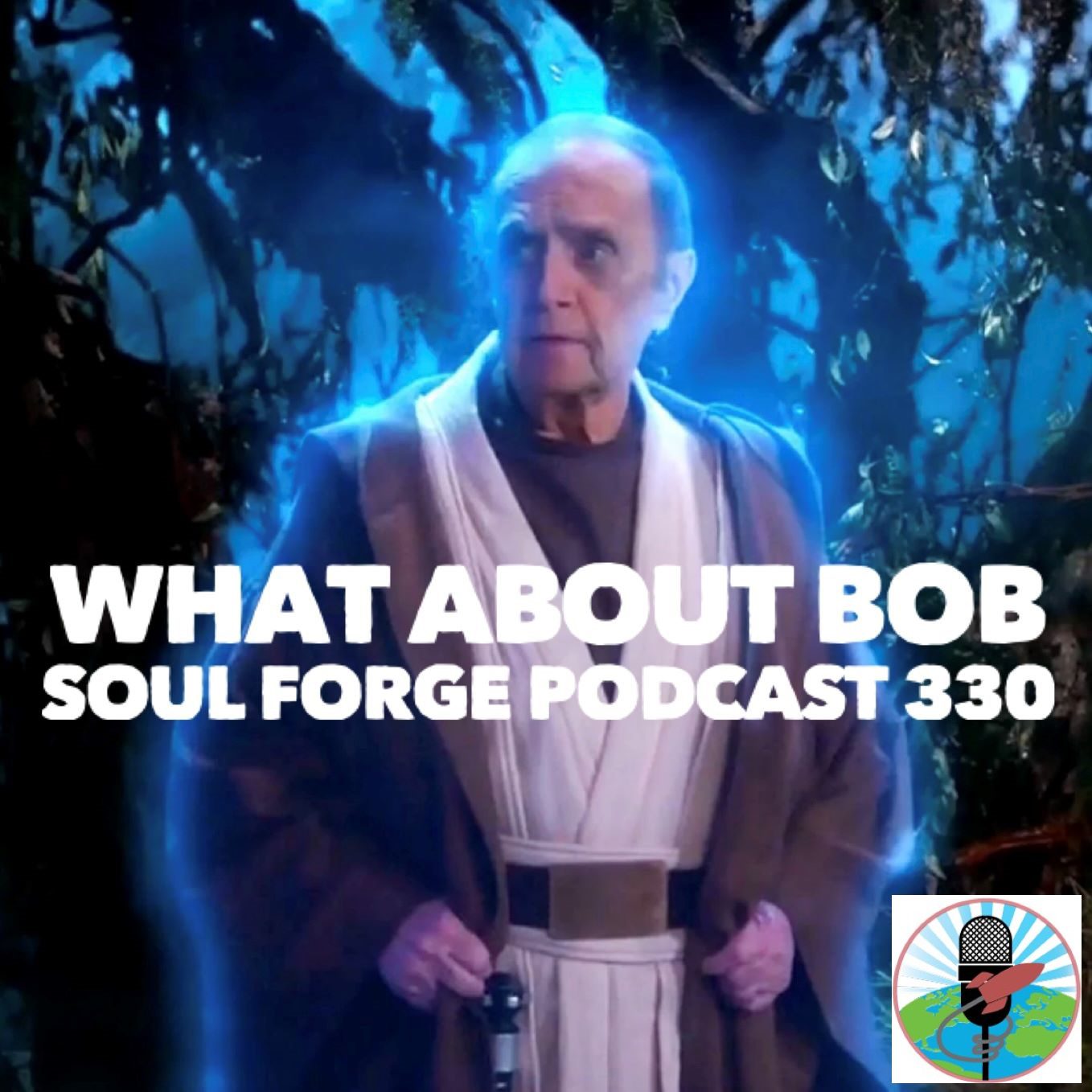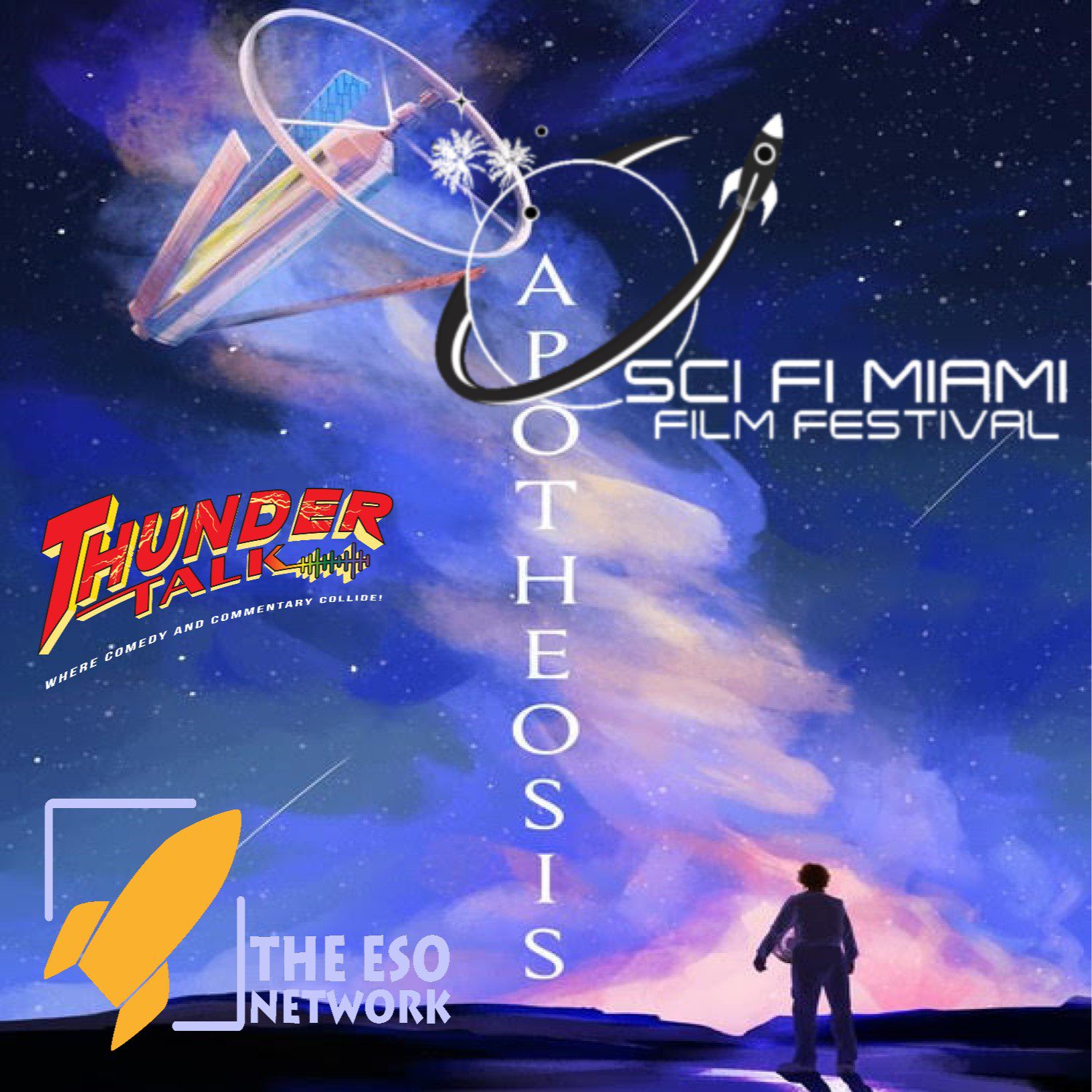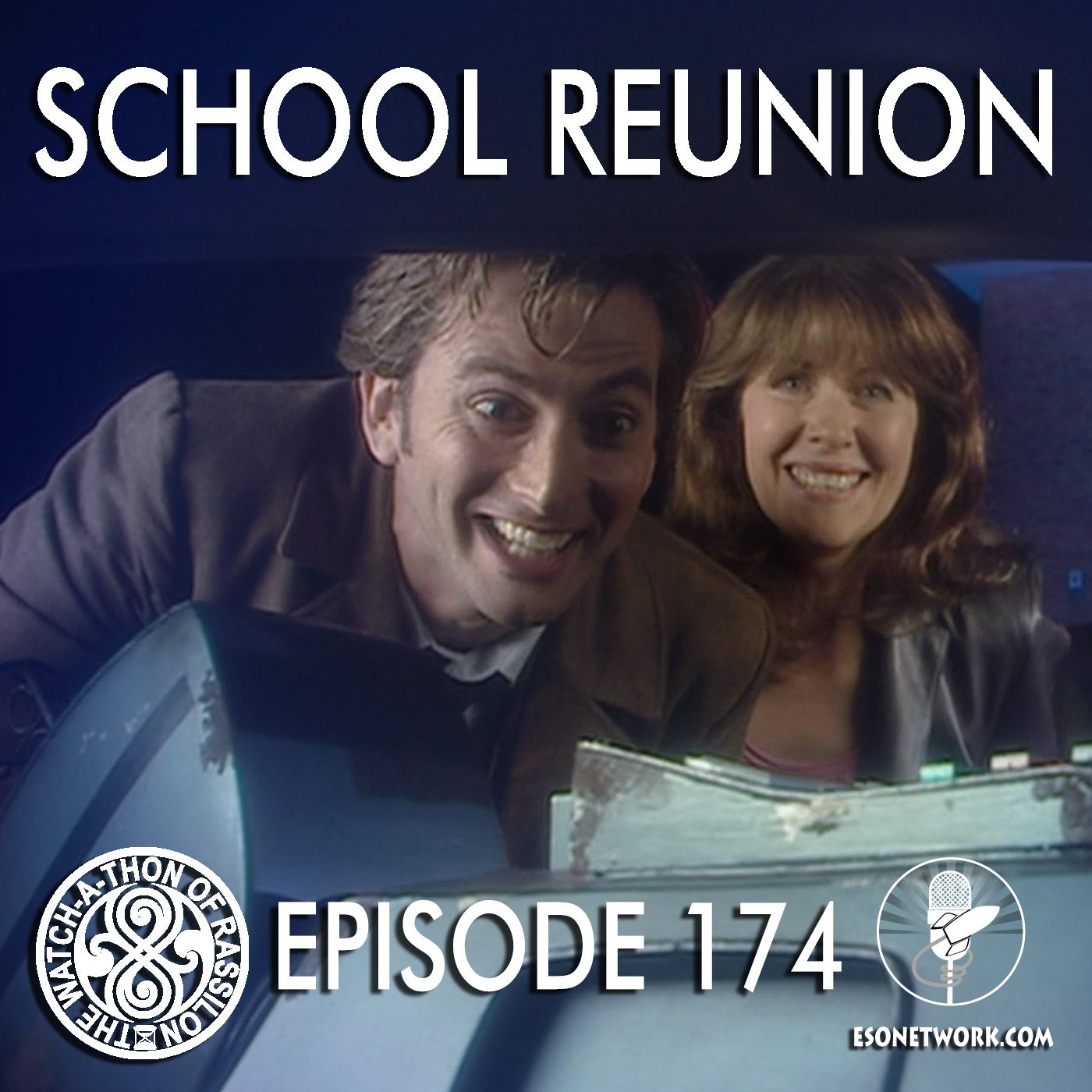Doctor Who: Rosa
(1 episode, s11e03, 2018)

A powerful historical story.
Montgomery, Alabama – 1943: A seamstress named Rosa Parks boards a bus on her way home from work. She pays the fee and heads to the back where “colored people” are forced to sit. The driver tells her that she must disembark and enter the bus through the back door. When she tries to reason with the driver, he forcibly removes her. In the process, she drops her purse and briefly sits in the “whites” section to retrieve it. The driver is furious, prompting Rosa to tell him not to hit her. She leaves the bus and heads for the back door, but the driver maliciously drives away, leaving Rosa stranded in the middle of the street.
Montgomery, Alabama – 1955: The Doctor and her companions land in an alleyway. She’s dismayed that they didn’t land in Sheffield, and she chastizes the TARDIS for failing to take the humans home for the ninth time. Graham remarks that it was the fourteenth attempt, but he’s interested in meeting Elvis Presley. The Doctor discovers high amounts of artron energy in the area, which might be why the TARDIS chose this time and place, so they decide to investigate.
As they walk, Ryan notices that a woman has dropped her glove. When he tries to return it, the woman’s husband rewards him with a slap to the face. As the TARDIS team tries to work through the assault, Rosa Parks steps in to smooth things over. When the white couple walks away, Rosa turns on the team and lectures them on the Emmett Till situation before introducing herself. The team is starstruck, and the Doctor finds traces of artron energy all around Rosa.
Meanwhile, a mysterious man in a leather jacket finds the TARDIS. He tries to break in with an energy weapon but the capsule’s shields deflect it.
The Doctor and her companions convene at Slim’s Bar. Ryan and Yaz discuss their lessons about Rosa Parks from school, awed by the fact that she refused to give up her seat on a bus on December 1, 1955. The event (and her subsequent arrest) led to the Montgomery Bus Boycott and the end of racial segregation on public buses in America. That event will happen tomorrow.
Graham notes how quiet the bar has become. A waitress confronts them, stating that they don’t serve “negroes” or Mexicans (in reference to Yaz), and forces them to leave. Ryan is disgusted that he has traveled to the one time and place where he is hated most. The team decides to track down the artron energy and follows the readings to a nearby warehouse with copious padlocks.
Elsewhere, the mysterious man creeps on Rosa Parks. He returns to the warehouse where the team has discovered a suitcase hidden by a perception filter. The suitcase is filled with worn futuristic tech, including a charger. The mystery man fires on them, pushing the team into the yard outside. The Doctor confronts him, recognizing his weapon as a temporal displacement device that sends things to other times. She also notes that he’s carrying a vortex manipulator. He threatens to kill the team. She tells him not to threaten her. She takes a scan of his tech before the team leaves.
Their next stop is whites-only Sahara Springs Motel. The Doctor and Graham secure a room and sneak Ryan and Yaz in through a back window. They brainstorm about their situation and use a wall as a markerboard until a police officer knocks at the door. The Doctor erases the writing with her sonic screwdriver before answering the door, admitting the officer who searches the room. Luckily, Yaz and Ryan have escaped through the bathroom window and hidden behind a nearby dumpster. The officer departs with a warning that the Doctor and Graham should leave town soon.
Yaz and Ryan discuss their situation, irritated that things haven’t truly evolved between 1955 and their home time. Ryan relates how he is stopped while driving more often than his white friends, and Yaz explains how she’s seen as a “Paki” and a terrorist for going to a mosque. They return to the room and continue to work.
The team collects bus schedules and (thanks to Grace) narrows down their target to a bus driven by James Blake. They take a ride on the bus, disgusted by the seating situation, and end up at Rosa’s workplace. They eventually find Rosa on the bus and ask her about her riding habits, but she prompts the Doctor to move to maintain the racial status quo. Ryan volunteers to follow Rosa home while the rest of the team makes plans.
Rosa confronts Ryan for following her, but Ryan offers to help her with the fight. She eventually invites him to join her Youth Council, consisting of her husband, Fred Gray, and Martin Luther King. Ryan explains that his grandmother loved King and makes coffee for the meeting. He talks with Rosa later and shares his hopes that things will get better in the future.
The Doctor confronts the mysterious time traveler, tricking him into sending his own equipment to the 79th century. She identifies him as a prisoner of Stormcage, the same location where River Song was imprisoned. His name is Krasko, and he was imprisoned for murdering 2000 people, but he can’t kill the Doctor or Rosa due to a neural restrictor. The Doctor tests this by destroying his vortex manipulator and stranding him in time. Krasko wants to change history starting with the point where everything started to go wrong, and the Doctor warns him to go somewhere else. Krasko refuses.
Meanwhile, Yaz and Graham continue their research. Graham returns to Slim’s Bar and finds James Blake, but Graham is surprised to hear that Blake is taking a day off (orchestrated by Krasko). Graham returns to the motel room where the team is surprised by the news, prompting them to get James Blake back on duty.
Yaz and the Doctor pose as raffle officials, congratulating Elias Griffin Jr. on winning an all-expenses paid trip to Las Vegas to meet Frank Sinatra. The catch is that he has to leave now so he’ll have to miss his shift. Graham and Ryan find James Blake fishing on Mill Creek and convince him that a group of Black passengers are planning a sit-in protest across all of the bus routes. Furious, Blake packs up his gear and goes back to work.
Finally, the Doctor deliberately tears her coat and contracts Rosa to fix it as soon as possible. Yaz offers to wait for it.
Blake finds that his bus has been wrecked. A disguised Krasko tells him to head home, so the Doctor sends Ryan to game the bus system while Graham finds a replacement bus for Blake to drive. As Blake starts his route, Yaz talks to Rosa about their lives. Rosa is surprised that Yaz is a police officer. Rosa finishes the coat in time to catch the bus.
Ryan discovers that Krasko has blocked the road. After a confrontation about Ryan’s “kind” staying “in their place”, Ryan sends Krasko back in time as far as the time traveler’s gadget will allow. He makes it back to the bus just in time, placing all of the key players in the right spots.
As events play out, Graham ends up being the fulcrum that forces Rosa to occupy a white seat. When Blake demands that she move, she refuses, even if means being arrested. Blake calls for the police, and as Rosa is taken away she nods to the travelers. It’s obvious that she won’t forget them.
The team returns to the TARDIS and the Doctor explains how history plays out. The boycotts occur, and segregation on buses ends on December 21, 1956. Life was still hard, but Rosa was recognized for her brave fight in June 1999 by President Bill Clinton when she received the Congressional Gold Medal.
She was also remembered well into the future. The Doctor opens the TARDIS doors to reveal Asteroid 284996. It is named Rosaparks.
This was a hard episode to watch. It is also a necessary one in the mission of science fiction.
As someone who has lived in Georgia for over a decade and has spent most of his professional life in the American South, I have studied a lot about the history of the places I’ve called home. Cases like the murder of Emmett Till – a 14-year-old boy who was abducted, tortured, and lynched on the mere accusation of offending a white woman – are heartbreaking and woven throughout the fabric of society.
The details are sometimes lost to time as the system whitewashes them (leading to the importance of educational places like the National Center for Civil and Human Rights and the Martin Luther King, Jr. National Historical Park, both in Atlanta, Georgia) and sometimes they are celebrated by those who support oppression (after an all-white jury found the perpetrators not guilty of Till’s murder and thus immune to double jeopardy, they sold the story of how they tortured and murdered Till to a popular magazine for the world to see).
In the nearly 250-year-long history of the United States, racial segregation has only been illegal for about 60 years. Even though it was banned by the Civil Rights Act of 1964, segregation remained for many years as jurisdictions dragged their feet toward compliance and enforcement.
Even with that considered, racism and discrimination aren’t dead, leading to the importance of this particular episode in the science fiction genre. One of my favorite quotes about the genre comes from Stargate SG-1‘s episode “200”, in which a character addresses the camera and states:
Science fiction is an existential metaphor that allows us to tell stories about the human condition. Isaac Asimov once said, “Individual science fiction stories may seem as trivial as ever to the blinded critics and philosophers of today, but the core of science fiction, its essence, has become crucial to our salvation, if we are to be saved at all.”
Science fiction is a mirror to reflect upon ourselves. The messages are timeless, but in the moment it has the power to show a receptive audience where their society stands. As such, it has the power to enlighten and offend, and the response says a lot about the viewer and how the message resonates.
The hope is that the audience takes the opportunity for self-reflection and self-improvement.
The writing takes some creative liberties, but the message delivered by this story, sadly, is still relevant today.
It also breaks some important ground in the history of Doctor Who since it was co-written by Malorie Blackman, the first woman of color to write for the series. She joins Vinay Patel, who penned the upcoming Demons of the Punjab, as the first writers of color to work on Doctor Who. They follow in Noel Clarke’s footsteps after he wrote Combat for Torchwood.
Further, the episode was directed by Mark Tonderai, the first Black director for Doctor Who. We previously saw his work on The Ghost Monument, and he follows in the footsteps of Waris Hussein, the first person of color to direct for the series. Hussein, of course, directed An Unearthly Child and the majority of Marco Polo.
The episode joins an elite pair by not featuring the series theme over the end credits. Here, the episode ends with “Rise Up” by Andra Day. It joins the finale of Earthshock, though that story ended with silence.
The racial tensions mirror concerns shared by Martha and Bill, though the tensions are brought fully into the spotlight here by the necessity of the story. I will say that the character of Krasko was written with a heavy hand, and his demise continues a (perhaps inadvertent) bloodthirsty trend of dispatching villains in this run.
I liked seeing a nod to The Chase as our heroes watch historical events on the Time-Space Visualizer (or something similar). Krasko’s meddling is reminiscent of the Meddling Monk‘s schemes, and I also found Graham’s constant use of the name “Doc” amusing. Apparently, the Thirteenth Doctor doesn’t share the First, Sixth, and Tenth Doctor’s dislike of the nickname.
Finally, we once again see the Doctor and companions becoming part of history – Donna and the Tenth Doctor were part of the events at Pompeii – and it makes me wonder if they were always there, thus creating another bootstrap paradox.
Rating: 5/5 – “Fantastic!”
UP NEXT – Doctor Who: Arachnids in the UK

The Timestamps Project is an adventure through the televised universe of Doctor Who, story by story, from the beginning of the franchise. For more reviews like this one, please visit the project’s page at Creative Criticality.

